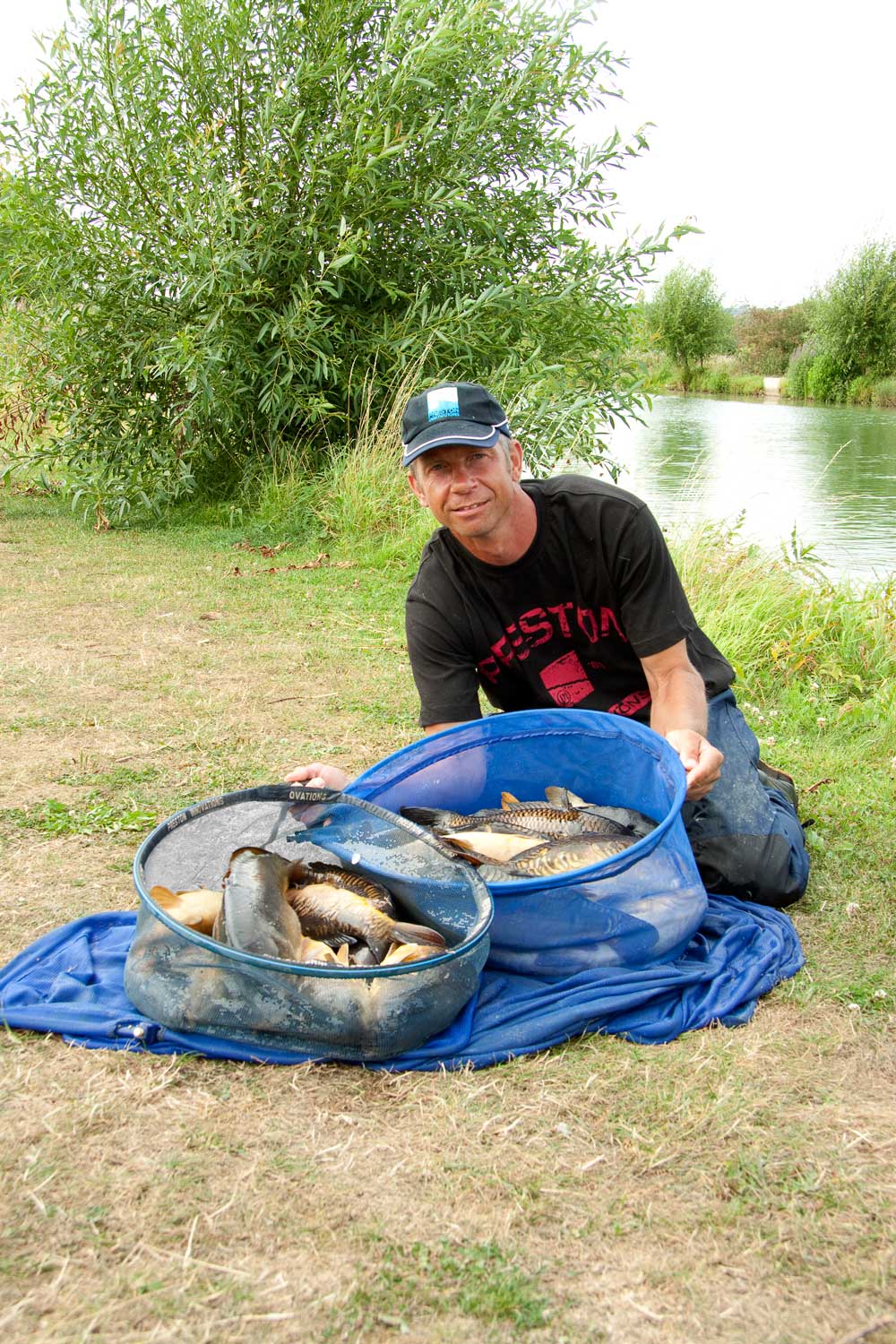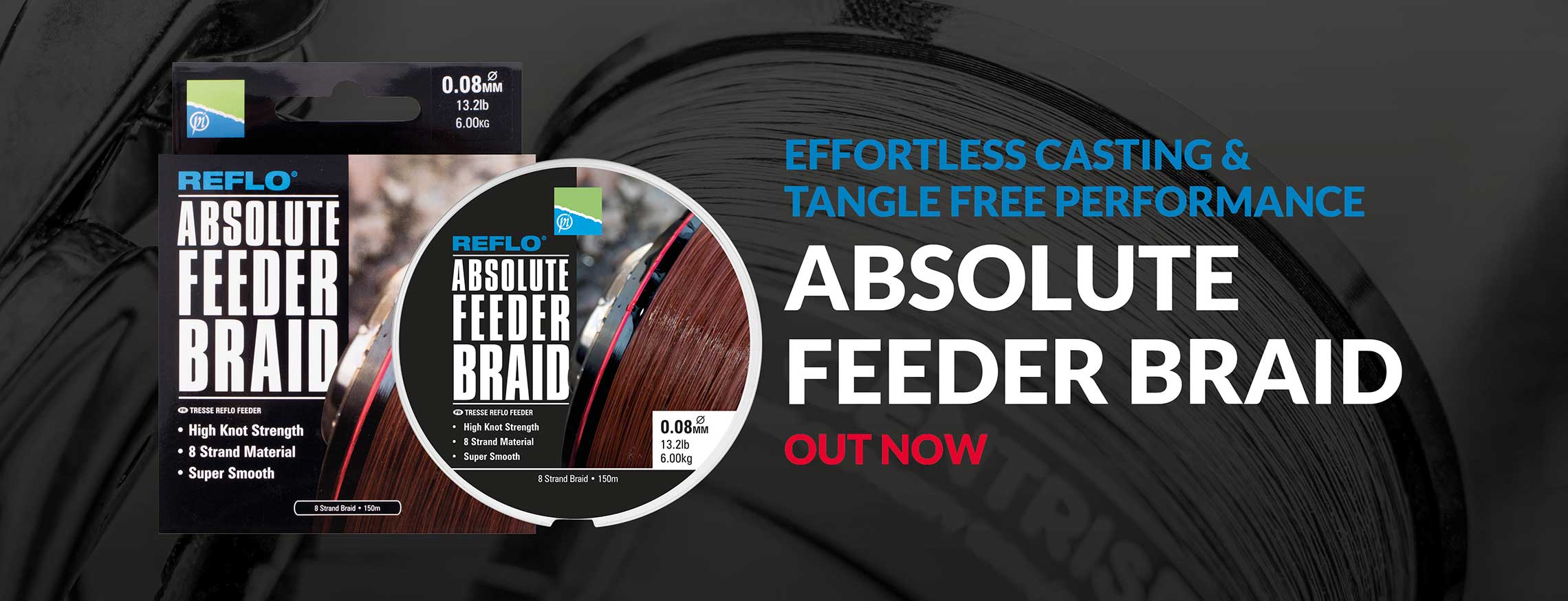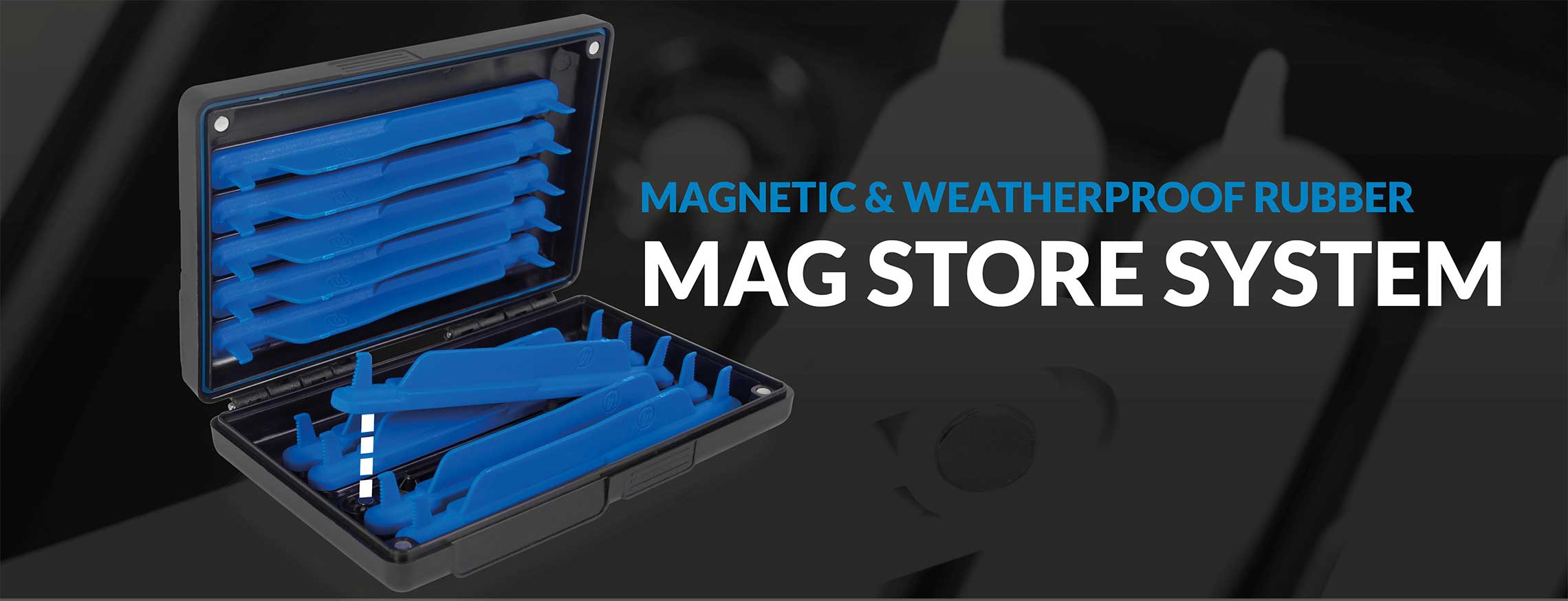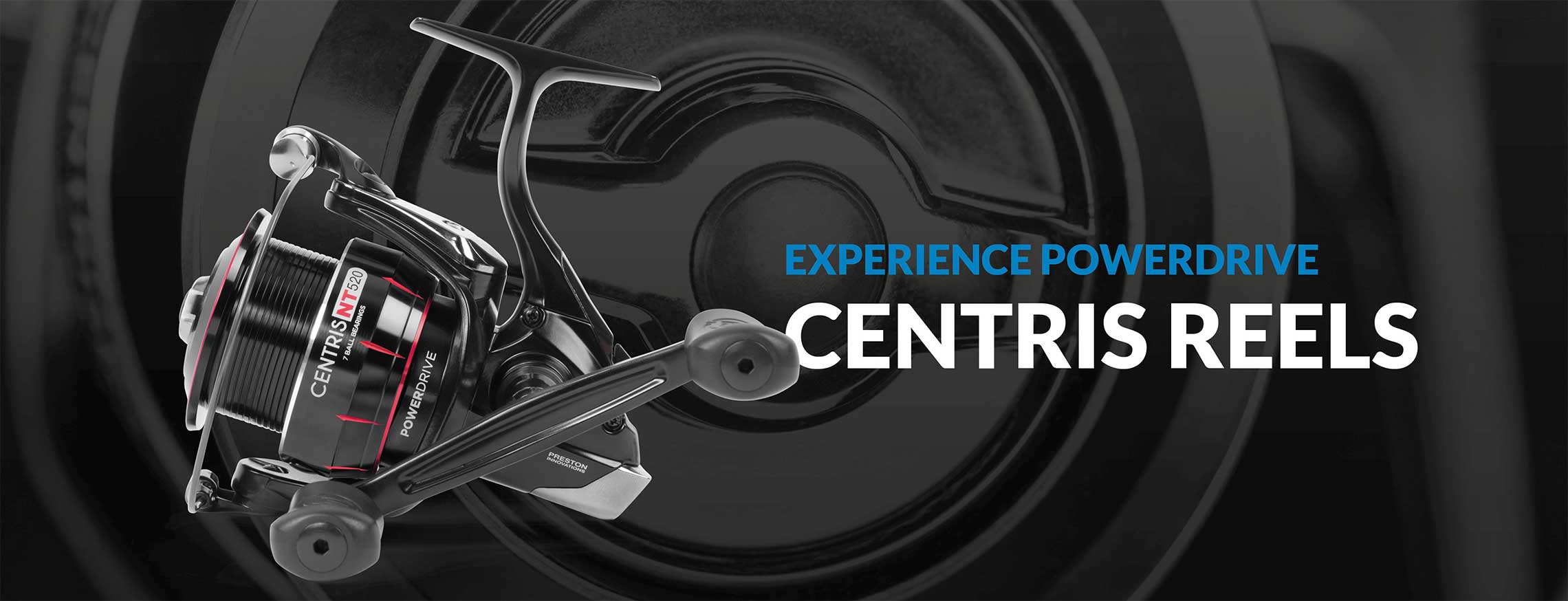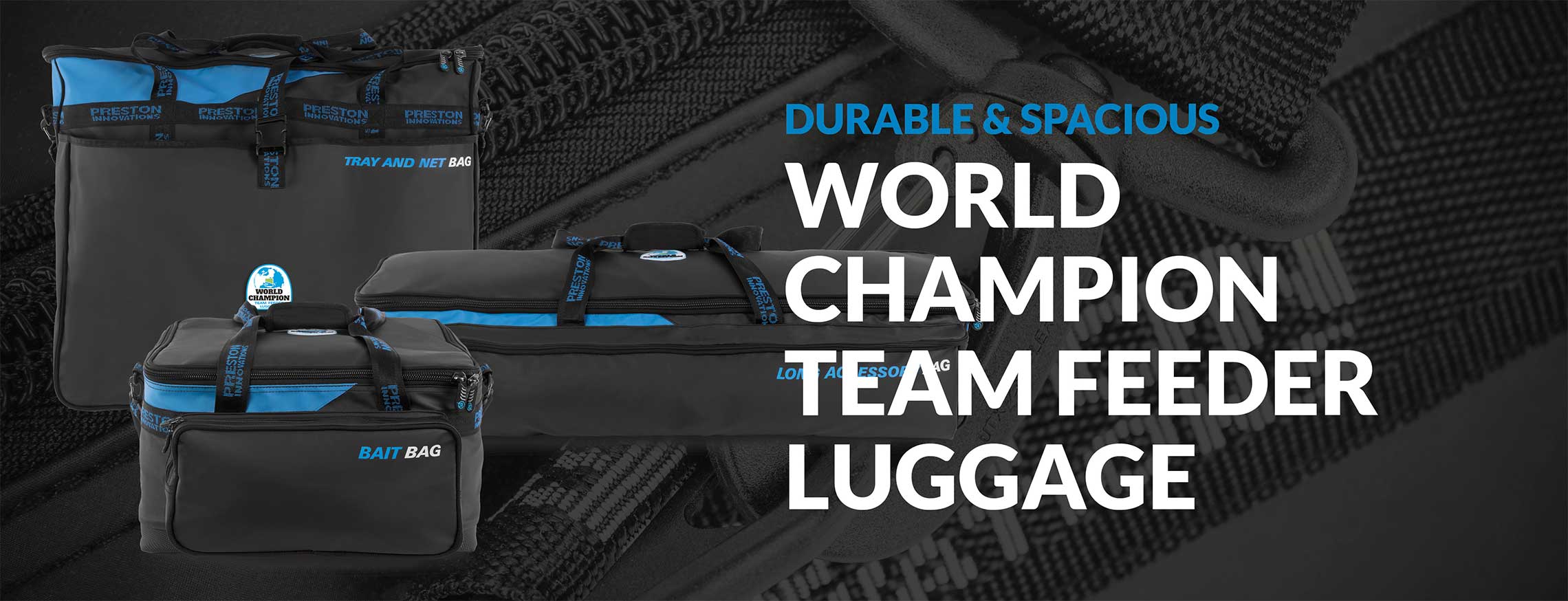Bag up on the Banjo
Share the Bag up on the Banjo article:
Delen
Who better to show how good the Banjo Feeder is than the man that invented it? Read on to see why Andy Findlay rates it so highly.
The Banjo is an evolution of the flat Method feeder. Whereas the flat feeder sports a flat weighted base sprouting a few narrow ribs to stick groundbait or pellets on to, the Banjo has a similar base with a round bowl built on top of it.
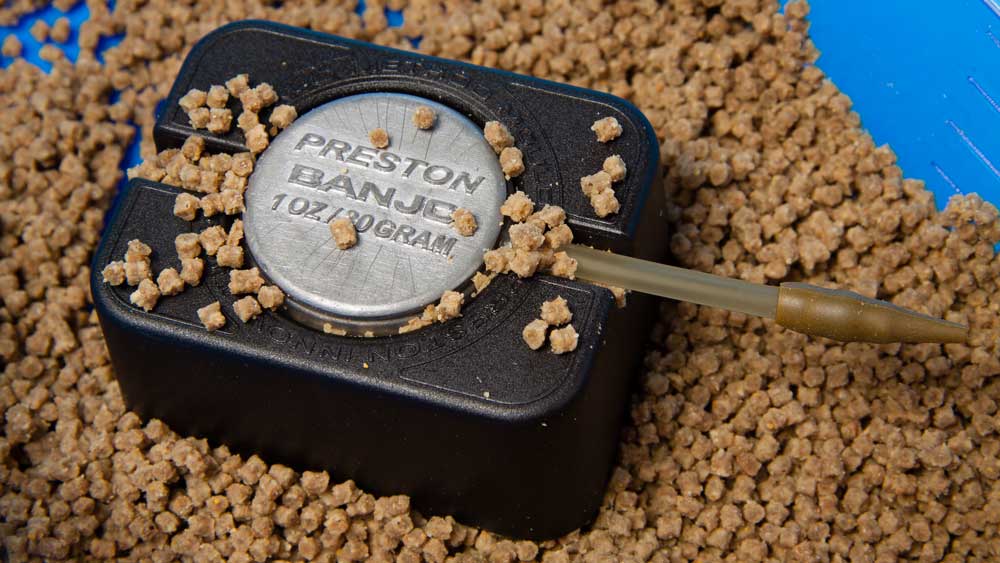 With a vertical sidewall running around the disc of metal forming the base of the feeder, packing it with bait is easy as the bowl effectively retains the feed and protects it from the force of the cast and the impact of the water allowing all of your bait to hit the bottom.
With a vertical sidewall running around the disc of metal forming the base of the feeder, packing it with bait is easy as the bowl effectively retains the feed and protects it from the force of the cast and the impact of the water allowing all of your bait to hit the bottom.
The most important thing when fishing any type of feeder is that the bait it’s loaded with must reach the bottom intact. With the banjo it becomes far easier to land the pellets on the deck in one ball – the sides of the feeder hold in the bait and so you always know your presentation is spot-on. The hookbait will always be sat in the middle of a small ball of micro pellets – it’s the perfect presentation and makes such a difference to your catch rate.
If easy loading of bait and keeping it intact until it hits the deck is the key advantage of the Banjo; then its ability to be cast with pinpoint accuracy runs a close second. The banjo cuts through the air like a dart, it goes exactly where you want it, time after time. It always lands baited side up, too.
One thing that often goes unnoticed about the Banjo Feeder is its versatility. You can give them plenty of bait, aided by the Banjo Feeder Mould, or you can use a tiny amount of pellets, lightly pressed into the feeder. When the fish want just small portions of bait this is exactly what you need.
Depending on how far I need to cast will depend on the setup and size of feeder that I use. Today I’m using an 11ft C-Tech Feeder, the lovely through action of this rod will absorb any late lunges for the fish, cutting down on the amount of lost fish. My 6lb Power Max reel line goes down to a small 30g Elasticated Banjo Feeder. With the sun shining and the weather warm, I’m sure the fish will want a bit of bait, so I’m going to use the Banjo Feeder Mould to put plenty of bait on the feeder.
By simply filling the Banjo Mould full of pellets, pressing down to compact the bait onto the feeder I can create a heaped mound of dampened pellets on the feeder, much more than you can put on with your hand. I have my hookbait on the top of the bait when using the Banjo, making sure that it is the first thing that the fish pick up.
Hookbaits can range from a grain of corn, to a 6mm Fin Perfect Feed Pellet or even a brightly coloured Band’um, all of which are attached via a Bait Band or Rapid Stop on a hair. The hooklength is a short 4in length of 0.17mm Reflo Power and size 16 PR 36 hook.
Turning hard pellets into soft and sticky baits to go in the Banjo is something anglers struggle with. Anglers trying to soften their bait often end up with pellets that are too wet and soggy – resembling a lump of paste rather than individual baits.
It’s the perfect presentation and makes such a difference to your catch rate.
Andy Findlay
Preparing pellets doesn’t have to be a guess, or a hard task, it’s almost easier than using a Method Mould! Just pour a bag of 2mm Fin Feed Pellets into a 2 pint bait tub, cover them with water, leave for 2 minutes, drain off the excess water and they’re done! Just give them a shake around in the tub to loosen them off and you’ll have perfect pellets for the Banjo.
By casting tight to the far bank, using a feeder loaded with bait I’ve managed to put fish after fish into the net. There’s carp queuing up to feed on the bait as soon as the feeder lands.
If there are too many fish at your peg, simply cut down on the feed by pressing the bait on with your palm. It halves the amount of bait going into the swim and proper bites should resume.
three ways to load a banjo feeder
 1. A tiny amount of bait is perfect in the cooler months. Pressed in by your thumb.
1. A tiny amount of bait is perfect in the cooler months. Pressed in by your thumb.
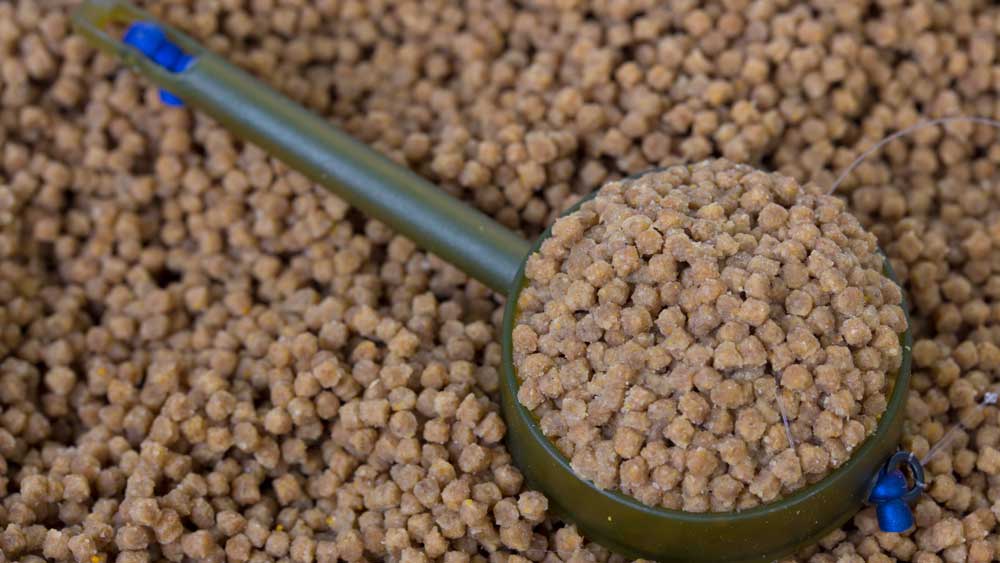 2. The right amount for all but the most difficult days. Use your palm to achieve this.
2. The right amount for all but the most difficult days. Use your palm to achieve this.
 3. When the fish really want some bait, use the Mould to feed plenty.
3. When the fish really want some bait, use the Mould to feed plenty.
how to ATTACH A RAPID STOP
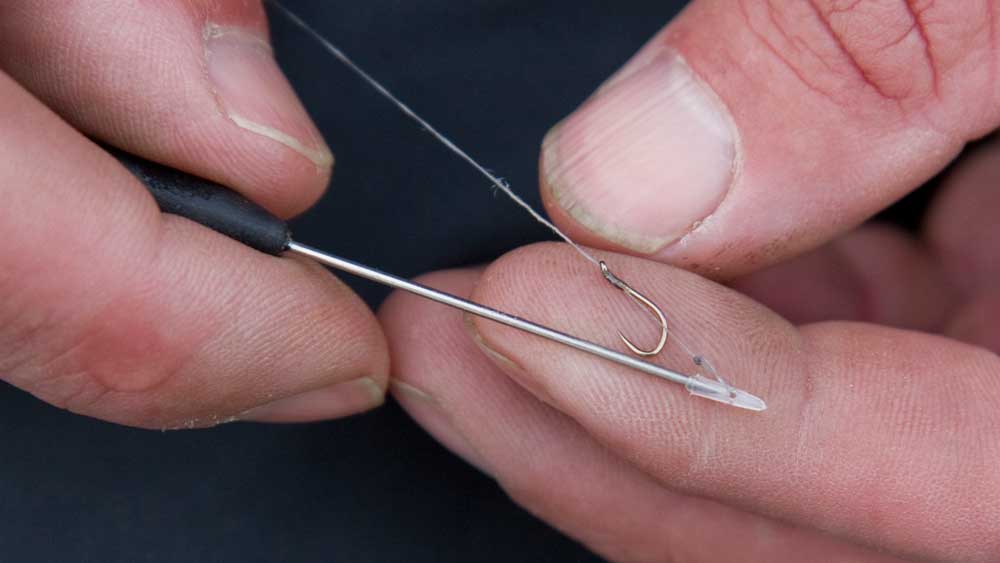 1. Mount the Stop on to the needle
1. Mount the Stop on to the needle
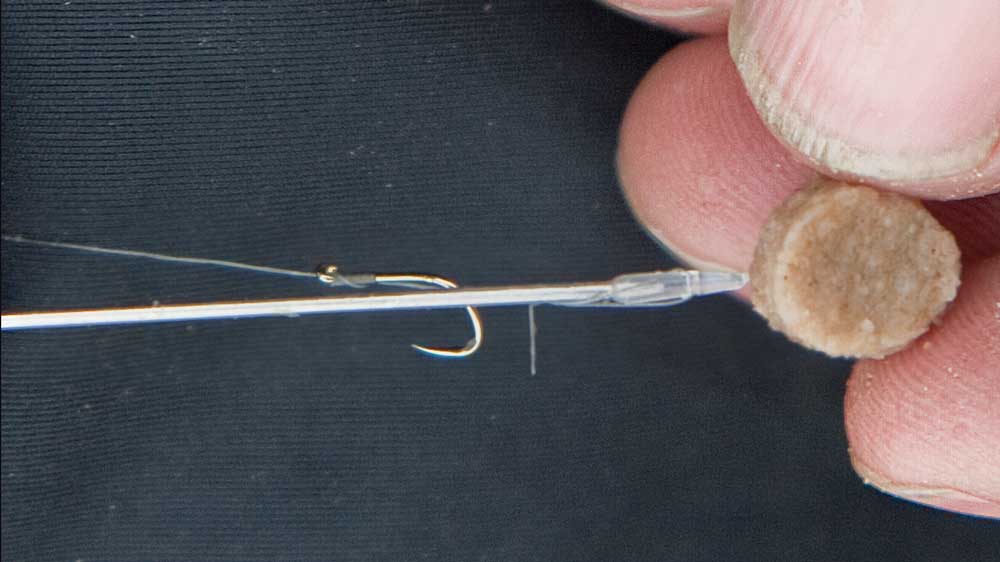 2. Insert the needle, stop first, into the bait
2. Insert the needle, stop first, into the bait
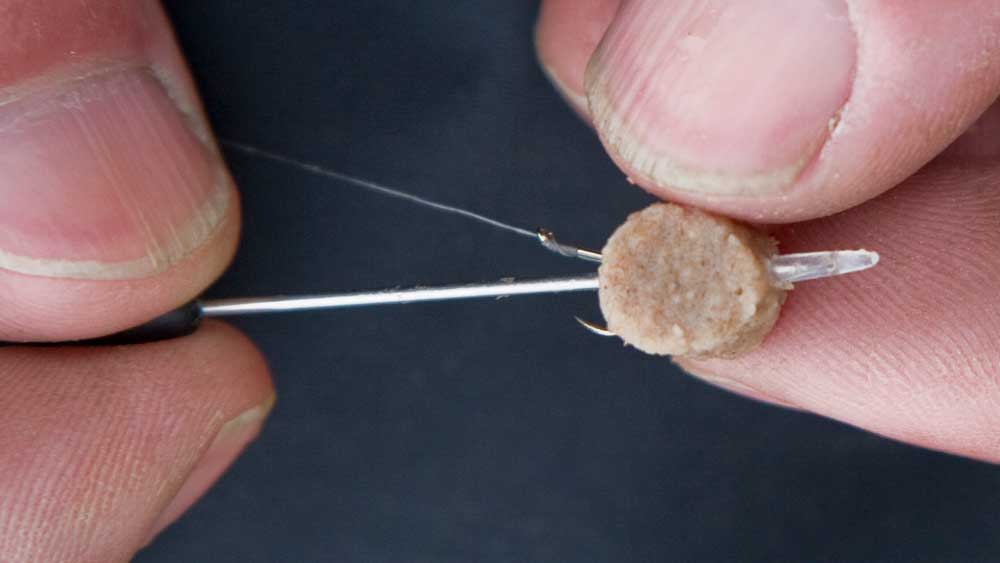 3. Push the needle all the way through
3. Push the needle all the way through
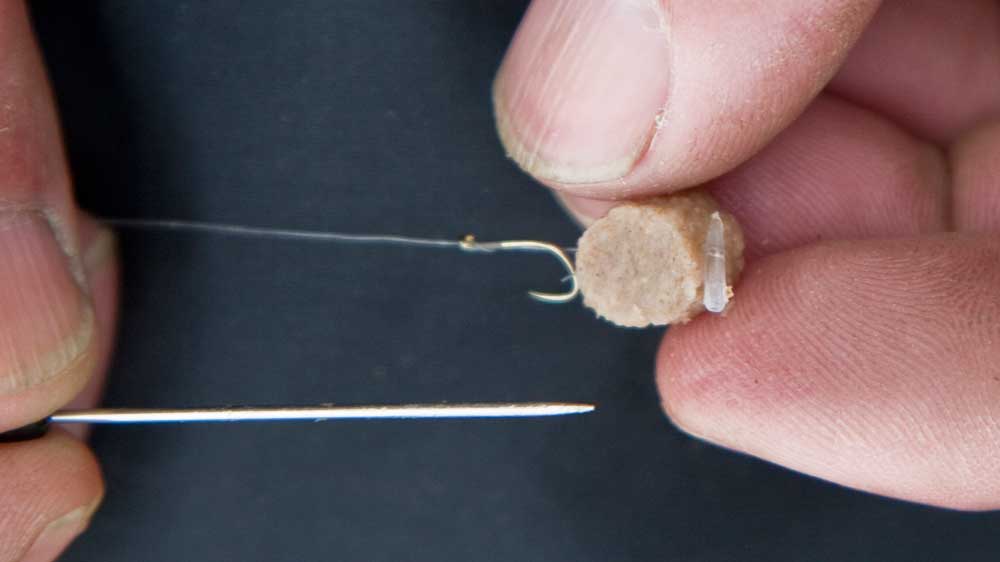 4. Allow the Stop to rest against the bait and withdraw the needle
4. Allow the Stop to rest against the bait and withdraw the needle
fin says
This huge net of fish just shows how effective the Banjo feeder can be. Don’t dismiss it from your armoury, get out there and try it!